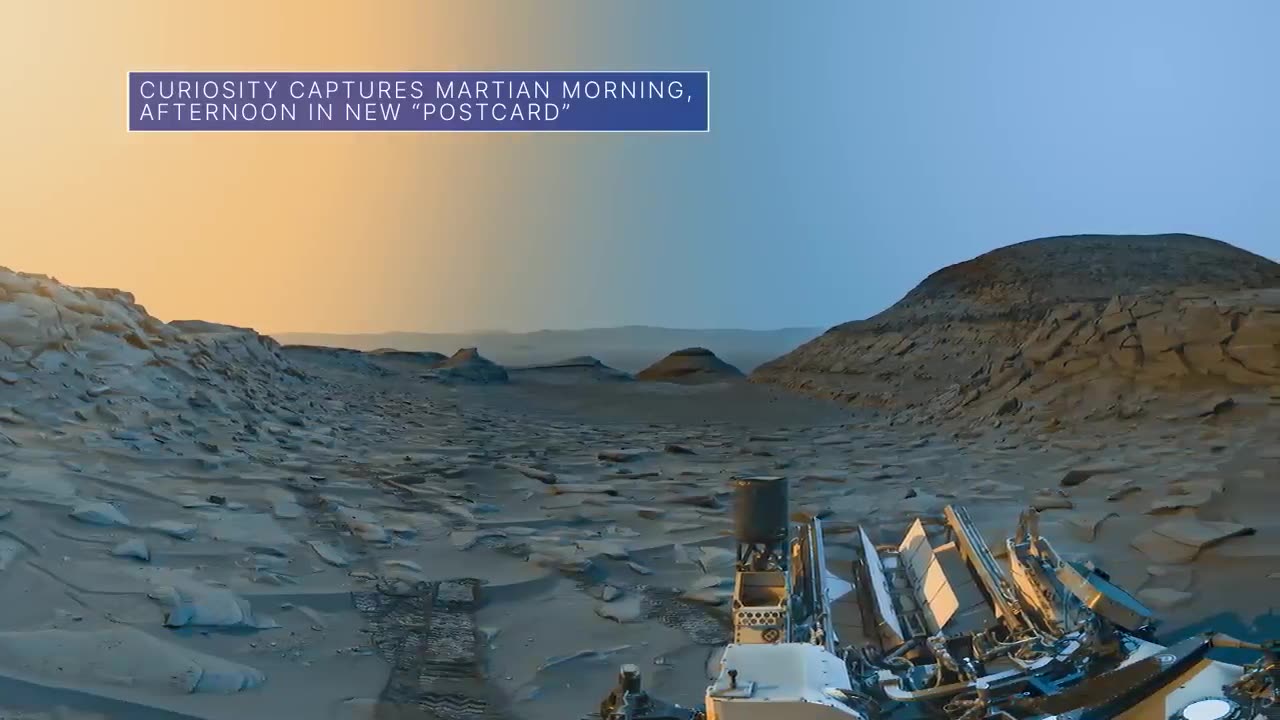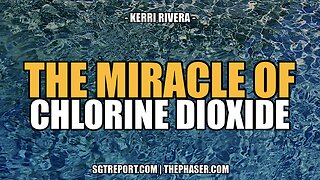Premium Only Content

Equipping the Space Station to Produce More Power on This Week @NASA June 16 2023
The National Aeronautics and Space Administration (NASA) is the United States government agency responsible for the nation's civilian space program and for aeronautics and aerospace research. NASA was established on July 29, 1958, by the National Aeronautics and Space Act, signed into law by President Dwight D. Eisenhower.
NASA's mission includes a wide range of activities related to space exploration, scientific discovery, technology development, and space research. Some of NASA's most notable achievements include:
1. Apollo Program: NASA's Apollo program achieved the historic landing of humans on the Moon. The most famous of these missions was Apollo 11, which successfully landed astronauts Neil Armstrong and Edwin "Buzz" Aldrin on the lunar surface on July 20, 1969.
2. Space Shuttle Program: NASA operated the Space Shuttle program from 1981 to 2011, using reusable spacecraft to transport astronauts and cargo to and from space. The program aimed to make space travel more routine and accessible.
3. International Space Station (ISS): NASA, in collaboration with international partners, has been a major contributor to the ISS, a habitable space station orbiting Earth. The ISS serves as a laboratory for scientific research and technology development in microgravity.
4. Mars Exploration: NASA has conducted various missions to explore Mars, including rovers like Spirit, Opportunity, and Curiosity. These missions have provided valuable insights into the planet's geology, climate, and potential habitability.
5. Planetary Exploration: Beyond Mars, NASA has launched missions to study other planets, moons, and celestial bodies in our solar system, such as the Voyager probes, the Cassini-Huygens mission to Saturn, and the New Horizons mission to Pluto.
6. Earth Science: NASA conducts extensive research on Earth's climate, atmosphere, oceans, and land using satellites and other scientific instruments to better understand our planet's systems and address environmental challenges.
7. Astrophysics and Space Telescopes: NASA has launched several space telescopes, including the Hubble Space Telescope and the Chandra X-ray Observatory, to observe distant galaxies, stars, and cosmic phenomena.
8. Aeronautics Research: In addition to space exploration, NASA conducts research on aeronautics to improve aviation safety, efficiency, and environmental impact.
9. Artemis Program: NASA's Artemis program aims to return humans to the Moon and establish a sustainable presence there by the mid-2020s, with the eventual goal of sending astronauts to Mars.
10. Commercial Partnerships: NASA has increasingly partnered with private companies for space transportation and technology development, fostering the growth of the commercial space industry.
Please note that my knowledge is based on information available up until September 2021, and there may have been developments or changes in NASA's activities or missions since that time.
-
 21:58
21:58
Ohio State Football and Recruiting at Buckeye Huddle
10 hours agoIs Arch Manning Ready for the Ohio State Defense?
8.24K1 -
 26:00
26:00
ariellescarcella
13 hours agoGaslighting The TikTok Generation Into Chaos : Psych Deep Dive
11.6K4 -
 55:28
55:28
SGT Report
11 hours agoTHE MIRACLE OF CHLORINE DIOXIDE -- Kerri Rivera
27.5K30 -
 LIVE
LIVE
BEK TV
2 days agoTrent Loos in the Morning - 8/18/2025
52 watching -
 22:52
22:52
GritsGG
17 hours agoSpectating Solos & Found MnK Demon!
25.9K2 -
 LIVE
LIVE
FyrBorne
21 hours ago🔴Warzone M&K Sniping: Warzone is Ending Again? (Rumor Mills Might Be Right)
68 watching -
 LIVE
LIVE
Lofi Girl
2 years agoSynthwave Radio 🌌 - beats to chill/game to
517 watching -
 LIVE
LIVE
BBQPenguin_
3 hours agoDragon ball Z -The Saiyan Saga
22 watching -
 19:27
19:27
The Pascal Show
19 hours ago $0.96 earned'SHE'S A GOOD MOM!' Missing Emmanuel Haro's Aunt Speaks Out In Now DELETED Video!
17.7K3 -
 20:54
20:54
Forrest Galante
23 hours agoPrivate Tour of World's Largest Animal Sanctuary
99.3K22